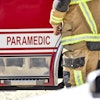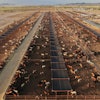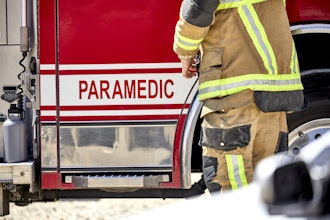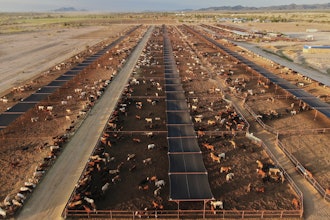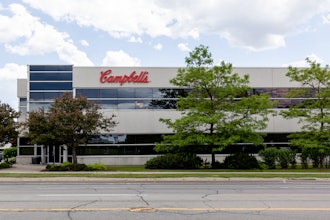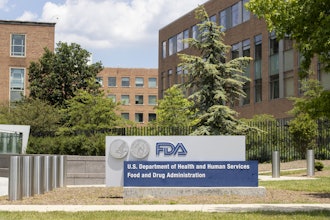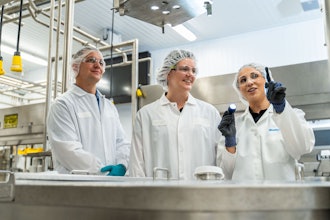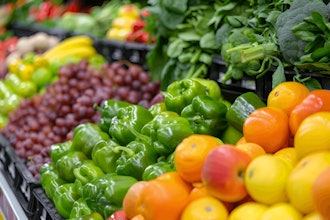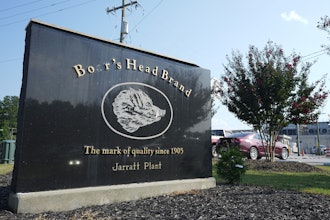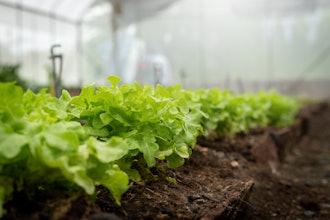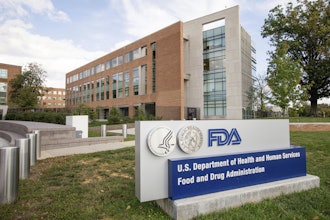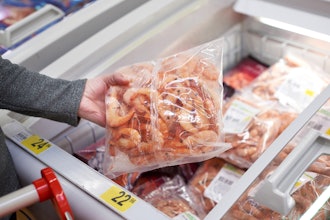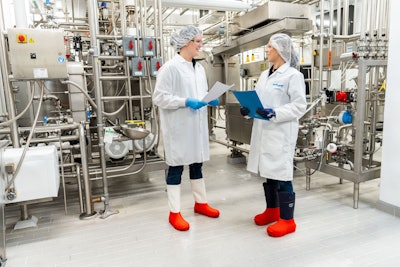
Every summer, in every one of our facilities, Nelson-Jameson recognizes National Safety Month. While we emphasize worker safety during the month (and year-round, for that matter), it also serves as a reminder of food safety. In our minds, worker safety is food safety. When combined, they’re the bedrock of any food manufacturer’s holistic safety program.
And when workers are safe, your product and consumers will inherently be safer, meaning your business and your brand’s reputation will also be safer.
Hidden Food Safety Threats and a Domino Effect
Our food safety experts work with food manufacturers every day to reinforce food safety programs. The threats are often obvious—think pests or environmental factors—but the cause can also be as simple as inadequate Personal Protective Equipment (PPE).
Proper PPE will ensure worker safety, but it also can prevent many of the “hidden threats” to food safety. Injuries happen in the workplace. However, in food manufacturing environments, a cut or a fall is not merely a safety incident – it can set off a domino effect that can immediately pose a food contamination risk. Blood, pathogens, or even lost bandages can compromise product lines. Beyond direct injury, a distracted or fatigued worker in an unsafe environment is a food safety liability, as the focus might shift from handling to avoiding hazards.
Robust yet comfortable and ergonomic PPE, such as anti-fatigue gloves, high-traction, slip-resistant footwear, and breathable garments, reduces injuries and fatigue and is more comfortable for day-to-day wear. This enables teams to stay sharp and focus on food safety.
Hair or pathogens from illness can also compromise ingredient or food integrity. Quality hairnets, beard covers, disposable gloves, and clean outer garments are effective against human contamination.
Another hazard (when improperly handled, of course) that we often see in these environments are different types of chemicals, such as food ingredient chemicals or sanitation chemicals. Exposure can directly lead to both physical injury and chemical food contamination. Proper chemical-resistant gloves, aprons, and eye and face protection are vital, ensuring safe handling while protecting workers and preventing spills or residues from reaching food or ingredients.
More Than Just Protection
The right PPE isn't just about meeting OSHA requirements for worker safety; it's also about bolstering your FDA and USDA food safety compliance. Here are some things that we recommend in PPE to help promote food safety:
- Food-Grade Materials: Ensure PPE itself won't contaminate the ingredients or finished product.
- Detectability: Metal-detectable PPE prevents foreign objects from contaminating food.
- Color-Coding: It’s a simple yet effective program for preventing cross-contamination (e.g. allergens or pathogens) between different zones.
- Comfort and Durability: Leads to proper usage and compliance while reducing waste and product churn.
Holistic Reviews – All Month, All Year
An excuse isn’t necessary, but National Safety Month is a great reminder to conduct a holistic safety audit. Look at your worker safety practices through the lens of food safety and vice versa. Identify gaps where improved PPE can provide dual benefits. Here are some things to think about for a review:
- Continuous Improvement: How are you regularly evaluating both worker and food safety protocols? What is your cadence and consistency?
- Employee Engagement: Are your employees part of the PPE selection process? Their buy-in improves compliance.
- Mental Health: Recognize that physical and psychological well-being can be directly linked to a safe, contamination-free work environment.
Worker safety and food safety are two sides of the same coin. Neglecting one can significantly weaken the other. By investing in the safety and well-being of your employees and equipping them with quality PPE, you're not just creating a safer workplace; you're safeguarding your brand, your product, and, ultimately, your consumers.
Wendy Johnson is the director of safety and corporate compliance at Nelson-Jameson, a leading distributor in the food processing industry.


